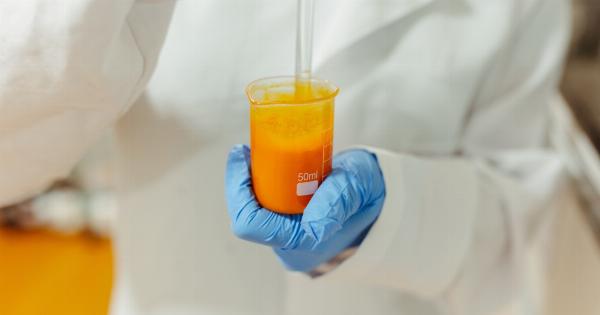Assisted reproduction technology (ART) has revolutionized the field of infertility treatment and facilitated the dreams of millions of couples around the world.
While traditional methods such as intrauterine insemination (IUI) and in vitro fertilization (IVF) are still the most commonly used methods, advancements in ART have paved the way for the development of newer and more advanced techniques that can improve the success rates and outcomes of fertility treatment.
Advanced techniques for assisted reproduction in couples
1. Intracytoplasmic sperm injection (ICSI)
ICSI is a variant of traditional IVF which involves the injection of a single sperm directly into the egg. This technique is used when the sperm count is low or when there are issues with sperm motility or morphology.
ICSI has been found to increase the fertilization rate and is often used in conjunction with IVF.
2. Preimplantation genetic diagnosis (PGD)
PGD is a technique used to screen embryos for genetic abnormalities before implantation. This is done by removing a single cell from the embryo and analyzing it for genetic defects.
PGD is useful for couples who have a history of genetic disorders or for those who are carriers of genetic mutations.
3. Donor eggs and sperm
Donor eggs and sperm are often used in cases where a couple is unable to conceive using their own eggs or sperm. This may be due to advanced age, genetic issues, or medical conditions.
Donor eggs and sperm can increase the chances of success for couples undergoing ART.
4. Blastocyst culture
Blastocyst culture is a technique in which embryos are cultured in the lab for five or six days instead of the traditional three days.
This allows the embryologist to select the best quality embryos for transfer and can increase the success rates of IVF.
5. Assisted hatching
Assisted hatching is a technique in which a small hole is made in the outer shell of the embryo to assist with the implantation process. This is often used in cases where the outer shell of the embryo is thick or hard.
6. Frozen embryo transfer (FET)
FET is a technique in which frozen embryos are thawed and transferred into the uterus at a later date. This can be useful in cases where the uterine lining is not thick enough for implantation or if the original IVF cycle was unsuccessful.
7. Time-lapse imaging
Time-lapse imaging is a technique in which embryos are continuously monitored using a specialized camera. This allows the embryologist to track the development of the embryos and select the best quality embryos for transfer.
8. Intra-cytoplasmic morphologically selected sperm injection (IMSI)
IMSI is a technique similar to ICSI, but instead of using a regular microscope to view the sperm, a high-powered microscope is used to select the best quality sperm for injection. This can increase the success rates of IVF.
9. Artificial gametes
Artificial gametes are stem cells that have been manipulated to create sperm or egg cells. While this technology is still in its early stages, it has the potential to provide a new source of gametes for couples struggling with infertility.
10. In-vitro maturation (IVM)
IVM is a technique in which immature eggs are collected from the ovaries and matured in the laboratory. This can be useful in cases where a woman is unable to undergo traditional IVF due to medical conditions such as polycystic ovarian syndrome (PCOS).
Conclusion
With the advancements in assisted reproduction technology, couples struggling with infertility have more options than ever before.
Each technique has its own advantages and limitations, and a fertility specialist can help couples choose the right option based on their individual needs and medical history. By utilizing these advanced techniques, many couples are able to achieve their dream of starting a family.






























